The Opal, A Spectacular Display of Nature’s Beauty
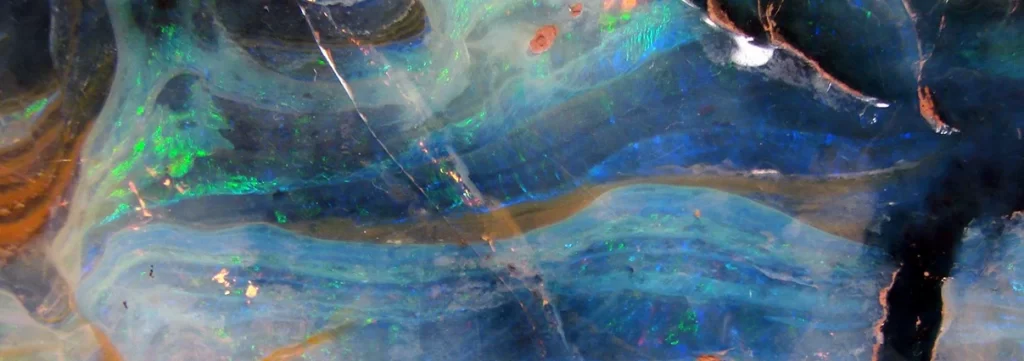
Opals are one of the most enchanting gemstones, renowned for their captivating play-of-color. These stones are unlike any other, displaying a mesmerizing array of colors that seem to dance and shift as they catch the light. Opals are unique not only for their stunning appearance but also for their fascinating formation process, which involves a delicate interplay of geology and chemistry. In this article, we will explore the origins, properties, and varieties of opals, with a special focus on ammolites from Alberta, Canada, green opals from Madagascar, and opals from Australia.
Formation of Opals
Opals are formed from silica-rich solutions that seep into rock crevices and cavities. Over time, these solutions evaporate, leaving behind solid silica deposits. The unique play-of-color in opals is caused by the diffraction of light as it passes through the silica spheres within the stone. This diffraction creates the vibrant colors that opals are famous for, ranging from fiery reds and oranges to dazzling blues and greens.
There are several varieties of opals, each with its own distinct characteristics and origins. One of the most fascinating varieties is the ammolite, which is found primarily in the Bearpaw Formation in Alberta, Canada. Ammolites are fossilized remains of extinct marine mollusks called ammonites. These fossils exhibit a stunning play-of-color similar to that of opals, making them highly sought after by collectors and enthusiasts.
Green opals, on the other hand, are found in Madagascar and are prized for their soothing green hues. These opals are believed to have a calming effect on the wearer, making them popular choices for jewelry. Like all opals, green opals are formed from silica deposits, but the presence of trace elements gives them their distinctive color.




Australia is renowned for its opal deposits, particularly in places like Coober Pedy and Lightning Ridge. Australian opals come in a variety of colors and patterns, with black opals being among the most prized for their deep, rich colors. These opals are found in ironstone concretions and are highly valued for their rarity and beauty.
Uses of Opals
Opals have been prized for centuries for their beauty and mystical properties. In ancient times, opals were believed to possess magical powers and were thought to bring good luck to the wearer. Today, opals are primarily used in jewelry, where their stunning play-of-color adds a unique and elegant touch to any piece.
In addition to their use in jewelry, opals are also used in various industrial applications. Due to their silica content, opals are sometimes used in the production of high-quality glass and ceramics. Their vibrant colors and unique properties make them highly desirable for these purposes.
Mining and Extraction
Opals are mined using various methods, depending on the location and type of deposit. In Australia, opal miners use a technique known as “opal noodling,” where they search through piles of mine tailings in search of opal fragments. This method is labor-intensive but can yield valuable opal specimens.
In other parts of the world, opal mining is more mechanized, with miners using heavy machinery to extract opals from underground deposits. This method is more efficient but can be environmentally damaging if not done responsibly. Opal mining requires careful planning and consideration to minimize its impact on the surrounding environment.
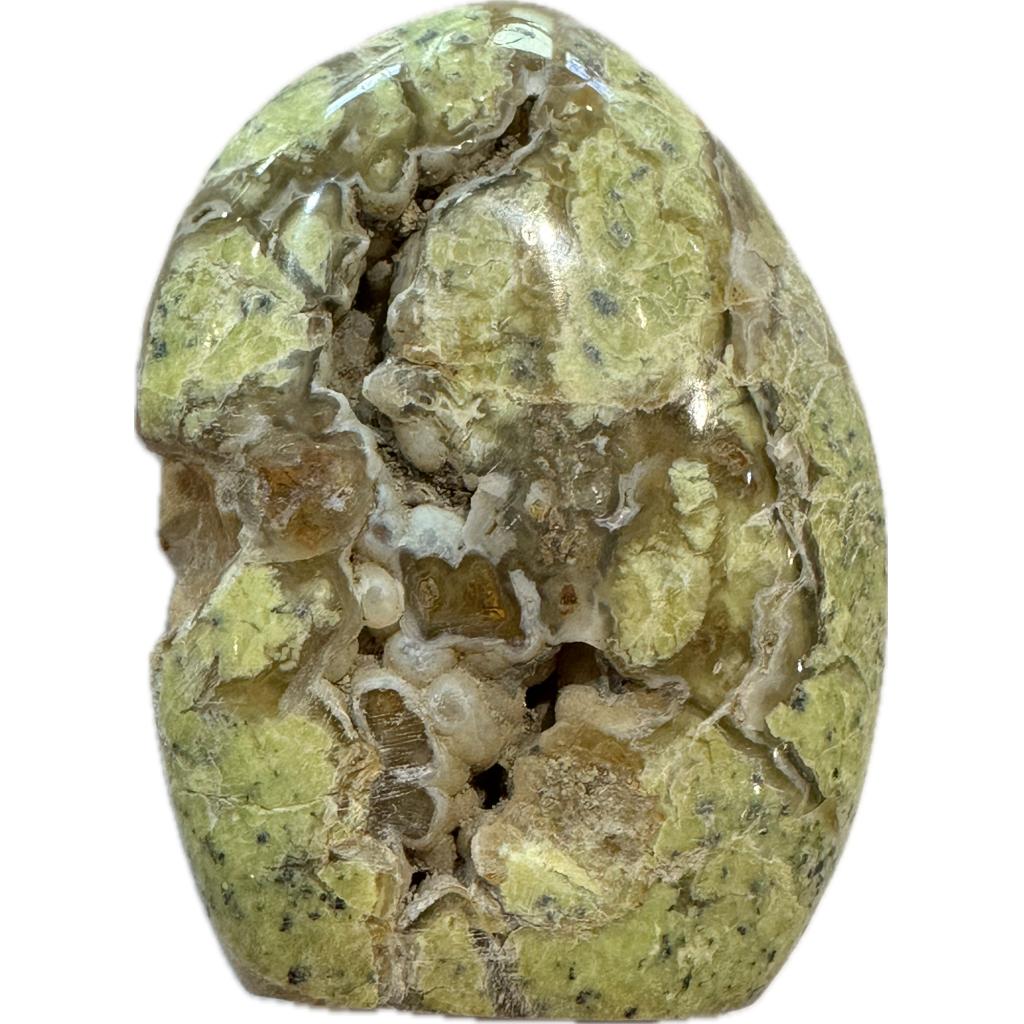
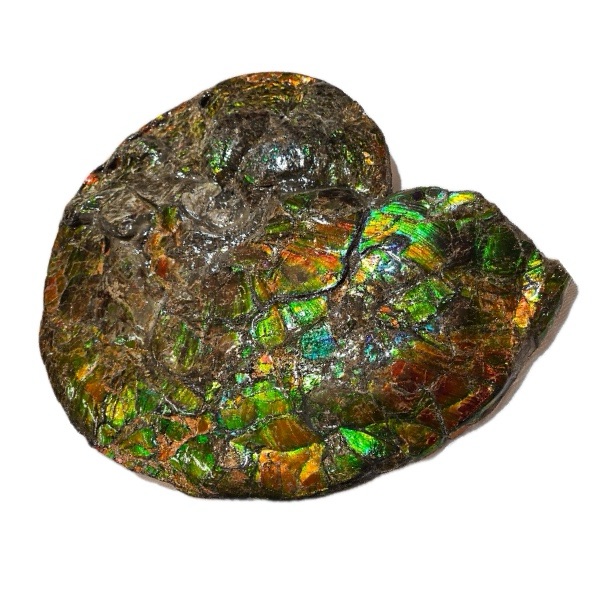
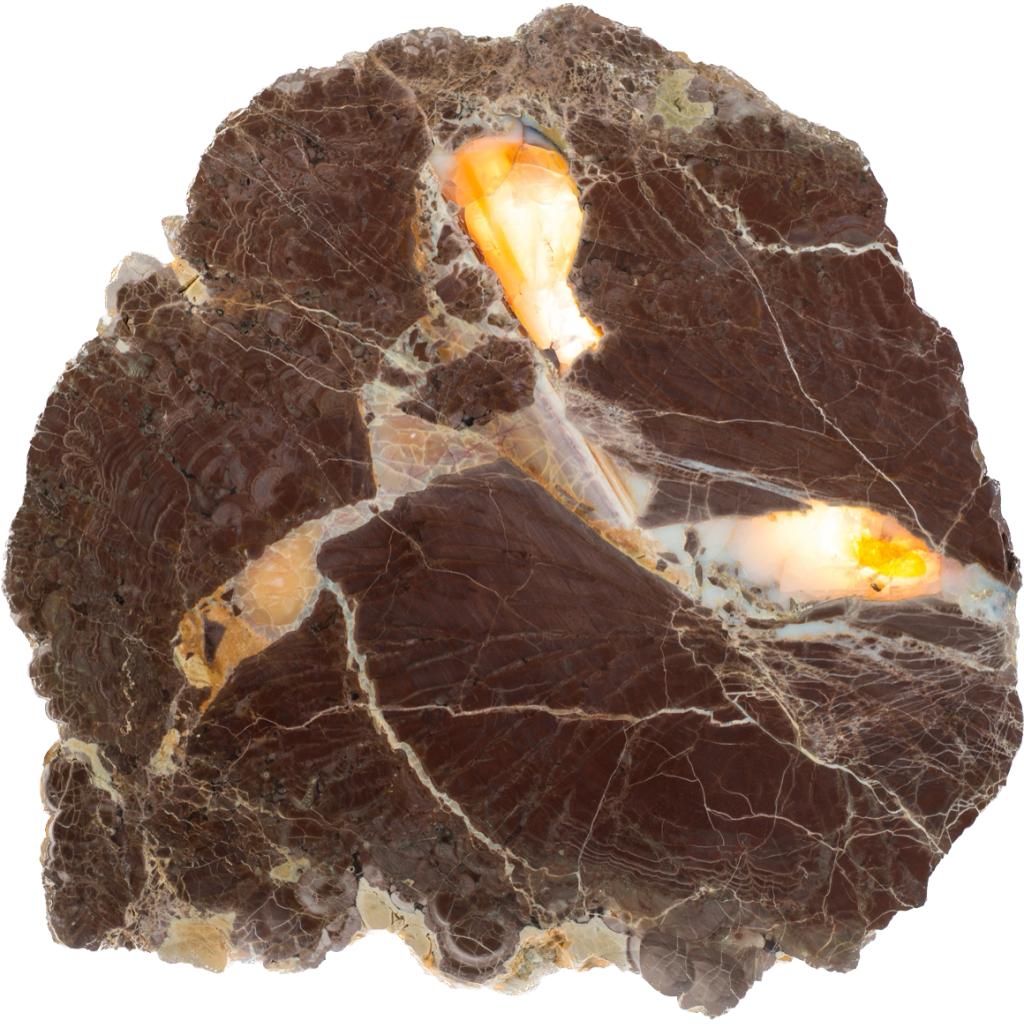
Caring for Opals
Opals are relatively soft compared to other gemstones, making them more susceptible to damage. To care for opals, it is important to avoid exposing them to extreme temperatures or sudden changes in temperature, as this can cause them to crack or craze. It is also important to avoid exposing opals to harsh chemicals, as this can damage their delicate surface.
To clean opals, simply use a mild soap and warm water, and gently scrub with a soft brush. Avoid using ultrasonic cleaners or steam cleaners, as these can damage the stone. With proper care, opals can last for generations and continue to delight with their vibrant colors and unique beauty.
Symbolism and Folklore
Opals have long been associated with various myths, legends, and superstitions. In ancient times, opals were believed to possess magical powers and were thought to bring good luck to the wearer. However, in the Middle Ages, opals were often associated with bad luck and were believed to bring misfortune to those who wore them.
Despite these conflicting beliefs, opals have remained popular throughout history. They have been used in jewelry and decorative objects for centuries, prized for their beauty and mystical properties. Today, opals are still cherished for their unique play-of-color and continue to captivate and inspire people around the world.
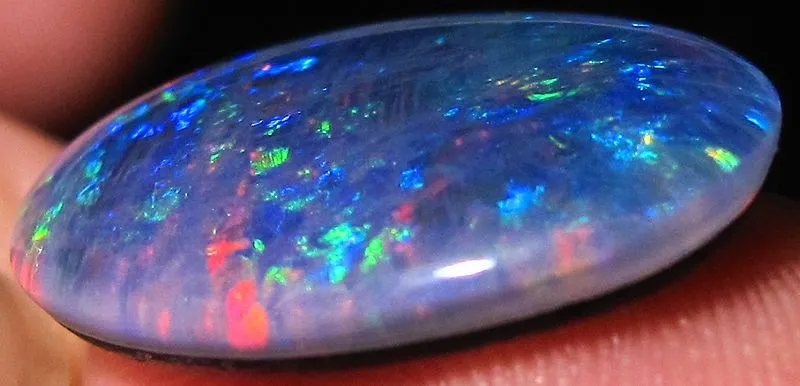
In modern times, opals have continued to captivate people around the world with their stunning beauty and unique properties. They are a popular choice for jewelry, with opal necklaces, earrings, and rings being highly sought after for their vibrant colors and striking appearance. Opals are also used in decorative objects and art pieces, where their play-of-color adds a touch of elegance and sophistication.
Australia remains the largest producer of opals, with the majority of the world’s supply coming from mines in places like Coober Pedy and Lightning Ridge. These opals are highly prized for their quality and beauty, with black opals being among the most valuable and sought after. Australian opals are exported around the world and are treasured by collectors and enthusiasts alike.
Ethical Considerations
As with any natural resource, there are ethical considerations surrounding the mining and trade of opals. In recent years, there has been growing concern about the environmental impact of opal mining, particularly in places like Australia where opal mining is a major industry. Efforts are being made to ensure that opal mining is conducted in a sustainable and responsible manner, with a focus on minimizing its impact on the environment.
There are also concerns about the ethical sourcing of opals, particularly in countries where labor standards may be lax. It is important for consumers to be aware of where their opals come from and to ensure that they are ethically sourced. Many jewelers and retailers now offer ethically sourced opals, providing consumers with a more sustainable and responsible choice.
